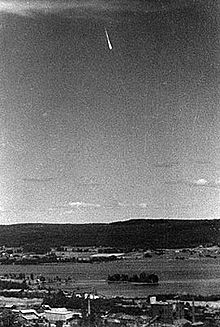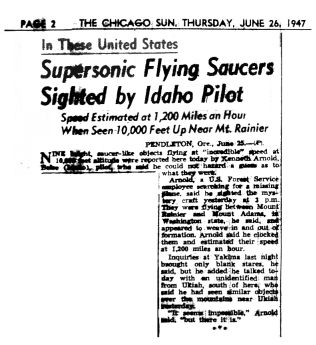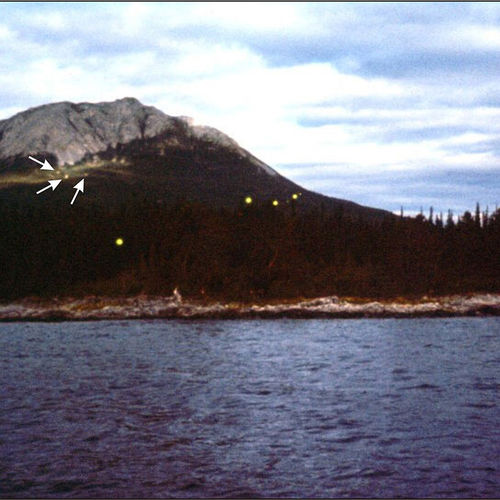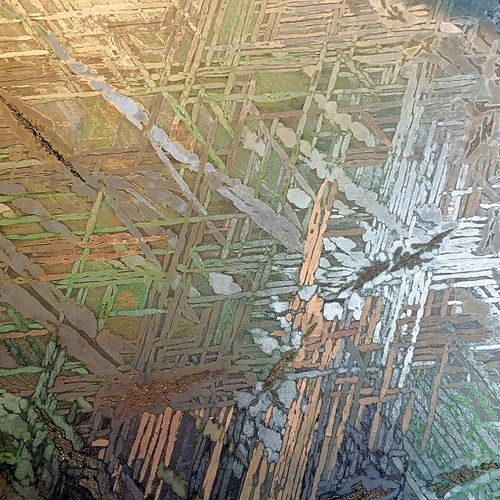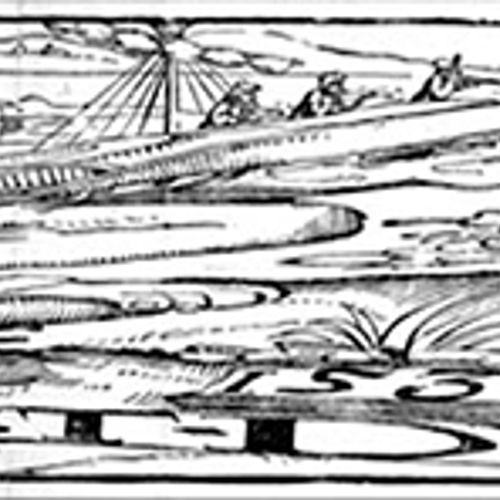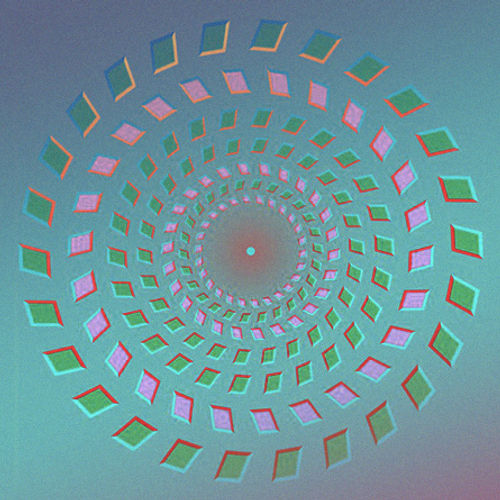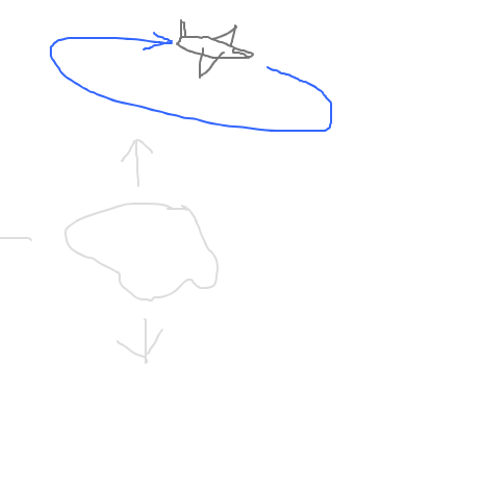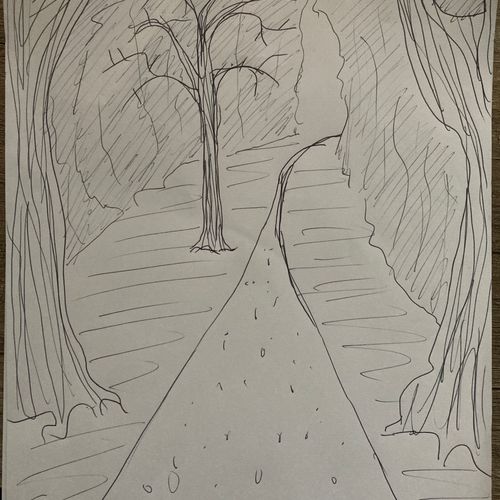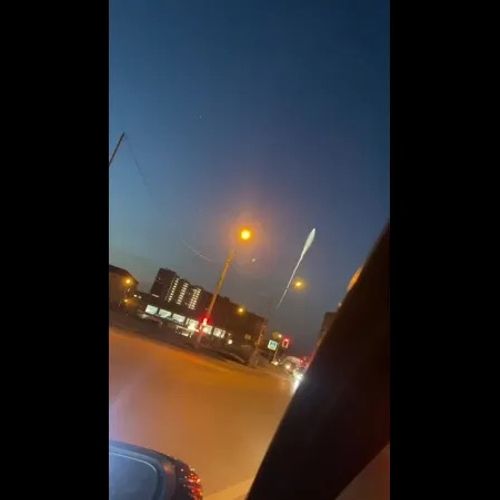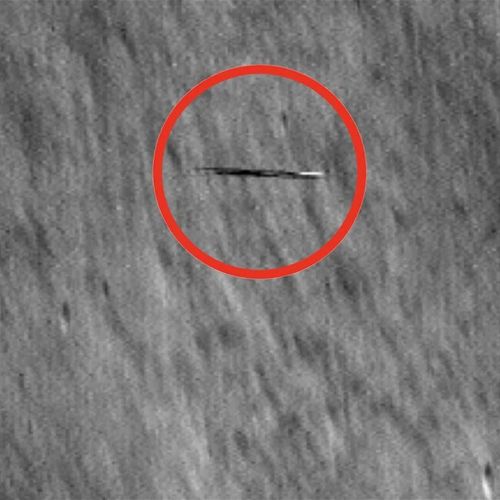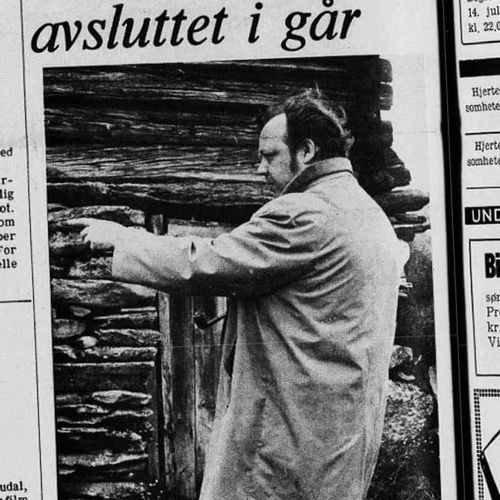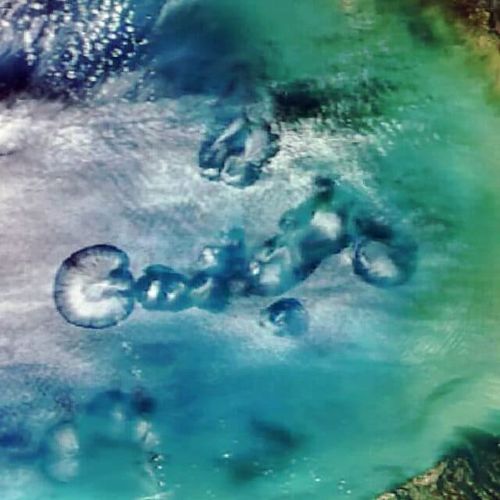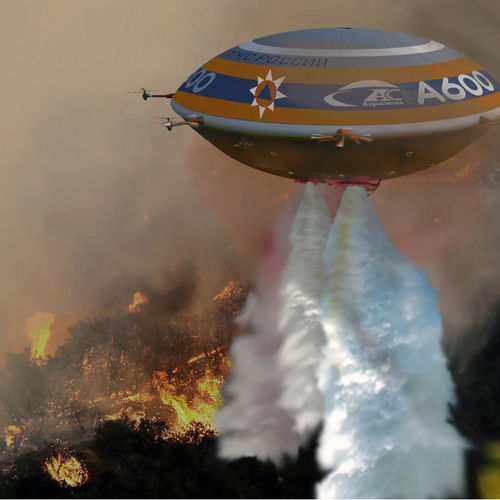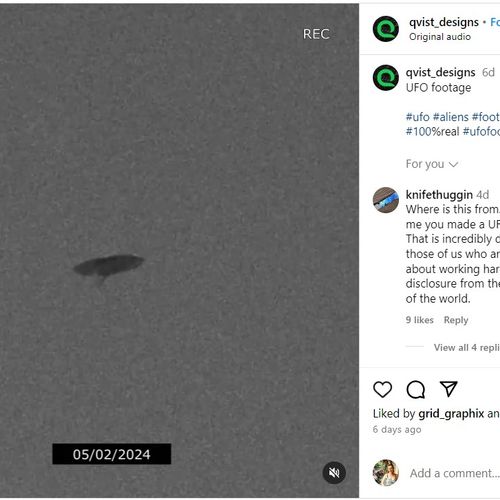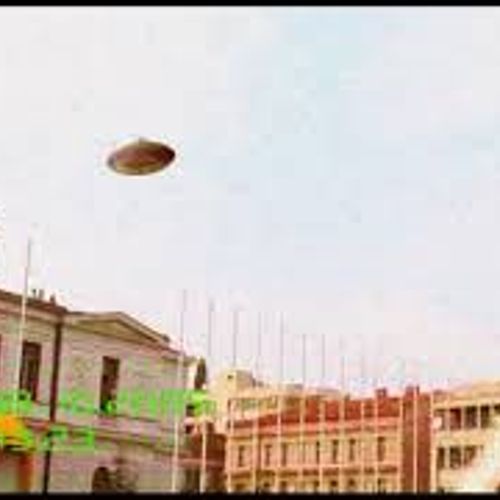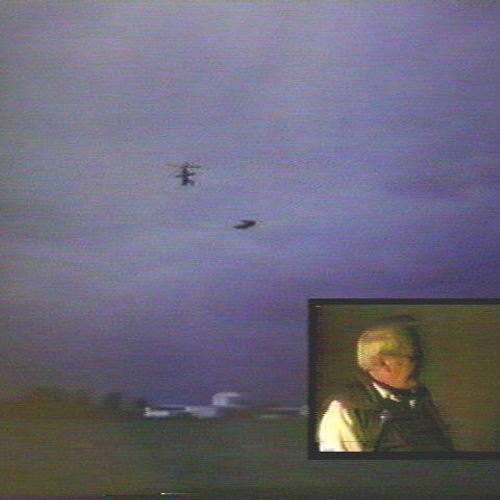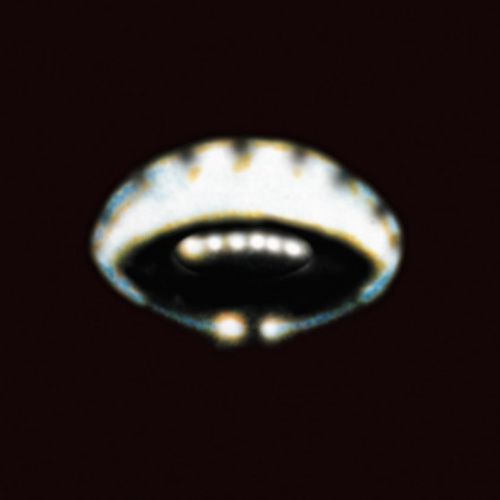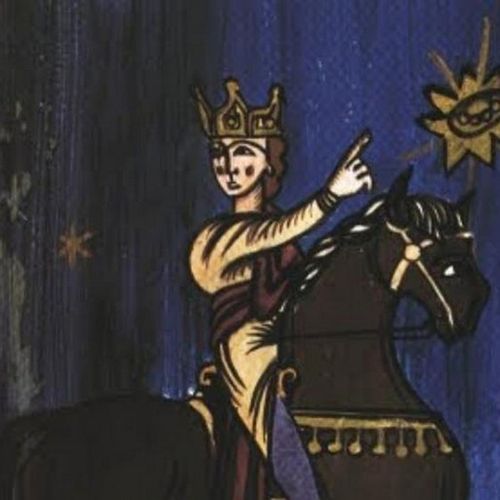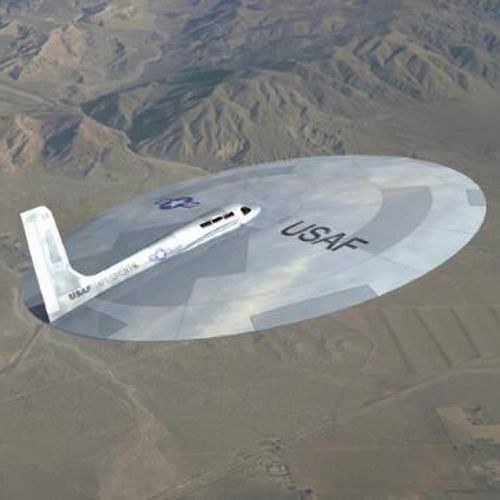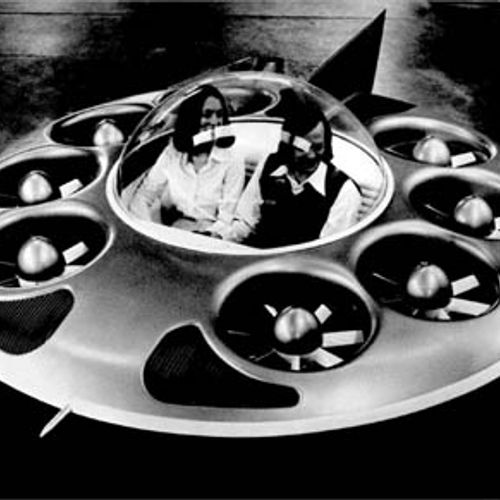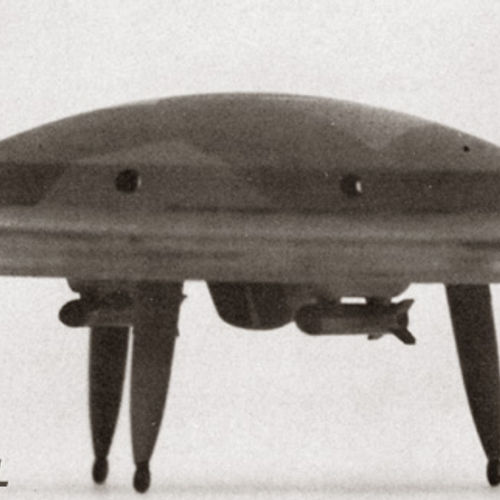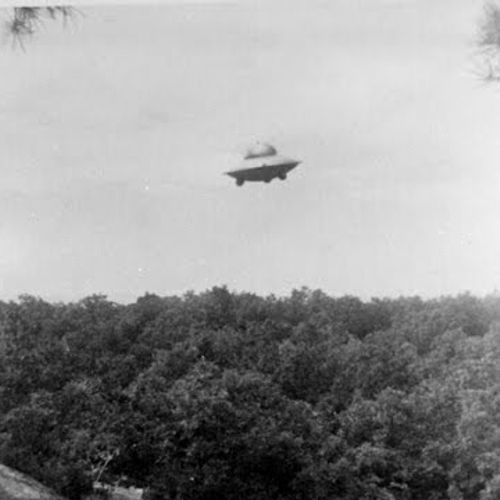
| Added | Mon, 03/10/2016 |
| Hierarchy | |
| Другие названия | Unidentified flying object
Flying Saucer
Mysterious airships
Ghost Planes
Ghost Rockets
|
| Область распространения | All over the world |
| Характерные признаки |
→
→
→
→
→
→
→
→
→
→
→
→
→
→
→
→
→
→
→
→
→
→
|
| Sources | Joseph Allen Hynek. UFO Experience: A Scientific Approach. Chicago, 1972
Цебаковский С.Я. «Уравнение с НЛО». – М.: Современник, 1997, 381с.
|
The abbreviation UFO stands for "unidentified flying object" (in the English version UFO, which means "unidentified flying object", in Spanish OVNI, which means "objeto volador no identificado" or FANI, which stands for fenómeno aéreo no identificado). Now the abbreviation UAP (Unidentified aerial phenomena or unidentified phenomena in the air) is often used – a new term that has come to replace UFO, in an attempt to distance itself from it due to frivolous perception thanks to the media, cinema, numerous hoaxers and some active enthusiastic researchers promoting unscientific theories.
Any flying objects of unknown origin (unusual creatures, devices or atmospheric phenomena) can be attributed to this term, but now it is increasingly used as an analogue of an alien ship or an alien ship (depending on the prevailing hypothesis, these may be not only representatives of other planets, but also other worlds, as well as guests from the distant future).
If we consider the evidence of UFO eyewitnesses on the time line, we can distinguish the following types:
- Ghost ships and ghost towns (the most famous example is the Flying Golandets). The first mention of the "Flying Golandets" in literature appeared in 1795 in the book "A Voyage to Botany Bay" (English: A Voyage to Botany Bay), however, stories about encounters with such ghosts appearing in the sky were among people before.
- Mysterious airships (Mystery airships). Mentions of them began to appear at the end of the 19th century in the American press.
- Ghost planes (Foo fighters). Evidence began to appear in the 1940s.
- Ghost rockets. In 1946, more than 2,000 ghost rockets were seen over Denmark, Finland, Norway and Sweden. Then such objects were observed in other countries, especially in European ones.
Photo of the "ghost rocket" taken by E. Reutersword (1946)The parent of the term "flying saucer" or "flying saucer", which is closer to the Russian reader, is Kenneth Arnold, who, describing his observations of mysterious objects to reporters, said the following:
"They flew about 20-25 miles and disappeared from sight. For about three minutes, I watched as a chain of objects moving like saucers on water, like thrown flat stones, stretching for at least 5 miles, maneuvered between high mountain peaks. They were flat, like frying pans, and, like a mirror, reflected the sun's rays. I saw it all quite clearly and distinctly."
A June 26, 1947 publication in the Chicago Sun may have been the first use of the term "flying saucer".This incident, which occurred in 1947, is known as the "Case in the Cascade Mountains".
Its widespread media coverage led to a chain of events that gave rise to a whole movement called ufology. It is believed that Edward J. Ruppelt first proposed and began using the term UFO in 1951. The abbreviation UFO, which stands for "unidentified flying object" or UFO - "unidentified flying object" (in the Russian version). The Oxford English Dictionary reports the first use of the term in the Times Literary Supplement on January 23, 1959.
Usually reports of UFO sightings do not come uniformly, but in bursts (or in English terminology, flaps), i.e. in certain periods more often than in others. Let us give as an example some such "waves" of UFO sightings that came to the second half of the XX century:
- 1946 - Scandinavia ("ghost rockets")
- June-July 1947 - in the western USA
- August 1952 - in the eastern United States
- October 1954 - in France
- November 1957 - observed in the Midwest and southwest of the United States, as well as in the South America
- June-August 1959 - Australia and the West Pacific Ocean
- May-August 1962 - observed in Argentina
- the summer of 1965 - spring of 1966 - was observed first in the midwest of the United States, and then to the east
- fall 1977 - East coast of the USA
- Autumn 1985 - Mexico City, Mexico
The definition given by D. A. Heinek in 1972 is considered the most common and complete. It sounds like: A UFO is a perception described by eyewitnesses in the sky or above the ground of an object or a light spot, the appearance of which, the trajectory, the general dynamics of movement and the nature of the glow do not lend themselves to the usual logical explanation.
Thus, the UFO phenomenon should include evidence that speaks of the appearance of certain flying objects that do not have a known scientific explanation at the time of the incident of the fact, i.e. if the chronicle of the 15th century says about the appearance of an airplane in the sky of the 21st century, then for its author it was an unidentified object.
HypothesesThere are the following hypotheses about the origin of UFOs:
- Extraterrestrial hypothesis of the origin of UFOs. The most common hypothesis declaring UFOs to be alien spaceships.
- Hypotheses about the natural origin of UFOs. All unexplained cases, UFO reports, if not hoaxes, arise as a result of observing phenomena already known, described and studied by modern science: meteors, flying birds, burning swamp gas, ball lightning.
- Psychosocial hypotheses of the origin of UFOs. K. G. Jung considered UFO reports as a modern myth, he noted a possible connection between the disc—shaped form of the "flying saucer" and the "mandala" - an occult symbol in Hinduism and Buddhism, personifying integrity, completeness. Jung explained the great interest of UFOs in the second half of the XX century by the human desire for harmony in turbulent times.
- The version of the anthropogenic origin of UFOs. UFOs are man-made aircraft whose existence is hidden by the groups that own them (military, government, private corporations), or the groups themselves are secret.
- Ultra-terrestrial hypotheses of the origin of UFOs. This hypothesis assumes that the "flying saucers" are launched by civilizations living on Earth in parallel with the human.
- A version of live UFOs. UFOs are unknown creatures living on Earth, parallel universes or other planets.
- Hypotheses of the appearance of UFOs in parallel worlds. UFOs come to us from parallel worlds through portals supposedly located both on the earth's surface and in the atmosphere at different altitudes.
- Hypotheses about UFO time travel. This version says that UFOs are a kind of time machines on which people from the future visit our time.
- Supernatural (mystical) hypotheses of the origin of UFOs. This hypothesis assumes that UFOs are the souls of people or other supernatural entities.
- The version of the Orthodox branch of the Christian religion is also close to the previous one. According to her, UFOs are the machinations of the devil and are nothing more than demons, which a person sees in such a form as balls, disks, etc.
ConclusionThanks to the boom in flying saucers, which began in the late forties of the last century, at the moment enthusiasts have collected a lot of evidence of the appearance of UFOs since ancient times.
A lot of testimonies, records and drawings were collected, which, depending on people's ideas about the world around them, were explained by contemporaries in different ways, ranging from divine chariots to alien ships.
Now there is a lot of literature on this subject of varying degrees of scientific knowledge, popular programs and films. All this, on the one hand, helps to convey information to the masses, thereby removing the psychological self–restrictions of the eyewitness and helping to collect information, and on the other hand, generates a wave of misinformation and false evidence.
In this regard, every fact of the appearance of UFOs requires careful analysis by experts.
Attribution of the fact to this phenomenon can be made only if there is an unidentified object in the sky and on the surface of the Earth (landing) in the description. If it is absent, then the fact should be considered as a separate phenomenon (for example, "circles on the field" or the appearance of a strange kind of creature), since the connection of these phenomena belongs to the level of hypothesis.
Phenomenon in mass culture
Phenomena
Related versions
Related facts
Related news
Related articles
Log in or register to post comments
